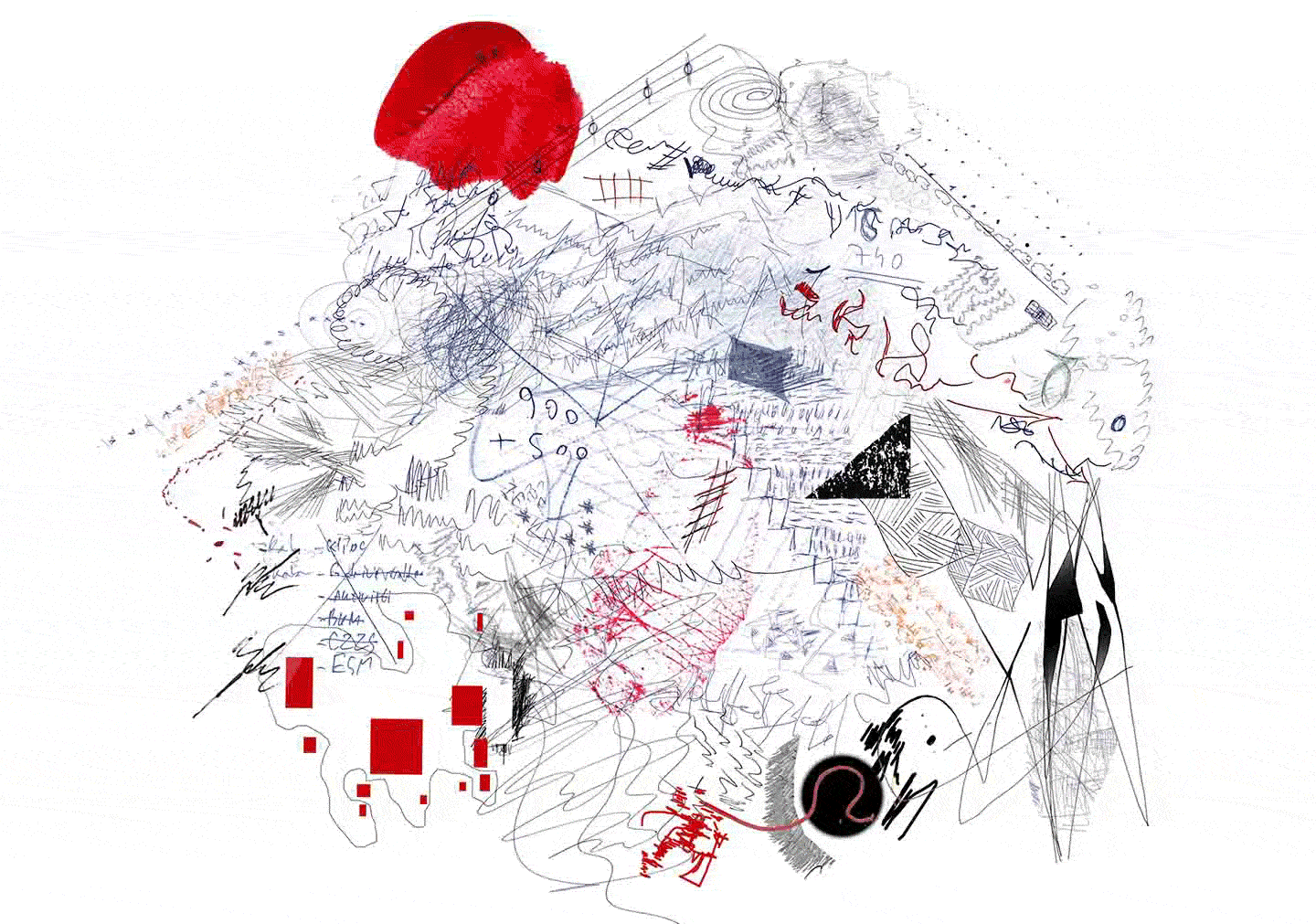Poetry in an expanded field
Finalists of the Zvono Award 2023
September 29–October 20, 2023
Hamze Hume bb
77000 Bihać
Bosnia and Herzegovina
Hours: Monday–Saturday 10am–5pm
hello@krak.ba
Artists: Katarina Gotić, Denis Haračić, Farah Hasanbegović, Bojan Stojčić
Curator: Adna Muslija
The exhibition of the Zvono Award finalists has always presented divergent artistic practices and revealed a wide range of problematized themes and narratives, while having certain similarities. In the context of this year’s exhibition, distinguishing certain affinity and closeness within the various exhibition setups, begs the question of interesting theoretical discussions.
Apart from visual artists, for the very first time, a poet and a director have been shortlisted for the most stimulating recognition awarded to artists under 35 years of age. Thus, the selection of the expert jury, which included artist Yvonne Petkus and curators Claudia Zini and Mladen Banjac, initiated a somewhat forgotten discussion about what contemporary art practices in Bosnia and Herzegovina truly mean.
Artist Bojan Stojčić, winner of this year’s award, has been continuously contributing to the above discussion with his practice. Engaged in media ranging from film to ephemeral poetic-philosophical interventions in public space, he devotedly plays with the (non)material—historical events and places become the object of poetic analysis and ideological and cultural heritage the object of deconstruction. Wholeheartedly opposing (auto)colonial narratives, Stojčić sometimes cynically and through the voice of people, and sometimes philosophically and analytically writes alternative history of the “other.” Complementing such an approach with documentary methodologies, the author not only contributes to the discussion of contemporary Bosnian-Herzegovinian art, but questions the contemporary history of Bosnia and Herzegovina as we know it.
Poetry and the poetic which Stojčić weaved into the artistic redefinition of history and the historical have a slightly different resonance in the work of Farah Hasanbegović. A young director working in the field of animation is a novelty on the scene. Apart from the animation, which is almost reduced to peculiarity due to its lack of representation on the stage, the author’s practice presents a thematic framework that is both extremely present and neglected—the framework of the phenomenon of memory. The aforementioned paradox stems from a very simple fact: Hasanbegović deals with the memory of childhood, which is not necessarily related to war.
Unlike Stojčić and Hasanbegović who hide poetry where we least expect it, Katarina Gotić purposefully changes her poetic practice to a visual one. Through assemblages, collages and sound installations, this artist replaces meanings that are inevitably political and ideological with different semiotics-resistant artistic forms. The result of such practice is unarticulated visual cries, which from the initial revolt against the existing political structures and power relations grow into a general asemic rebellion against the ideological as such. Gotić drowns her personal anger and frustration in collective social dissatisfaction and, opting for participatory artistic practices, uses art as a space for emancipatory expression.
Denis Haračić, on the other hand, through purely visual representations—drawing, painting and graphics—channels his dissatisfaction with socio-political reality through a deep, self-aware analysis of his own being, spirit and existence. Not at all egotistical, but completely self-critical, he transposes and symbolically shows the state of collective consciousness with visual representations of individuals. Haračić complements the multi-year process of self-deconstruction, which materialized through deformed self-portraits, with a verbal one—audio installations, made up of monologues, introduce the author into the realm of poetry. The artist’s monologues, which border on philosophical-psychoanalytical introspection, are actually the result of experimental encroachment into the medium of poetry and sound.
In addition to presenting practices that emphasize the true media diversity of young B&H scene contemporary scenes and the maturity of the artists’ thinking, this exhibition also reveals the intermedial influence of poetry in visual-conceptual practices. Therefore, as an answer to the question outlined in the first part of this text, regarding the common denominator of divergent artistic expressions, the idea of poetry in an expanded field emerges—as an attempt to inscribe as much life as possible into contemporary expression.
Video about last year’s exhibition Zvono 2022 is available here.

